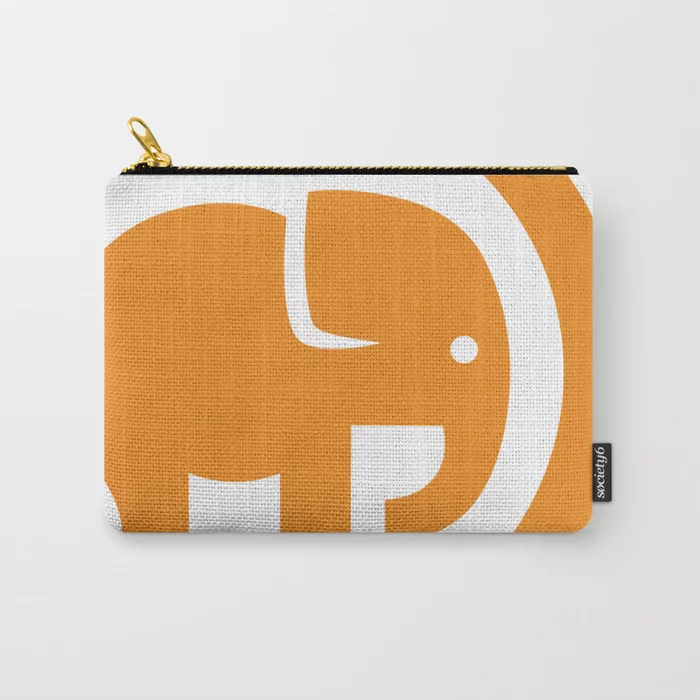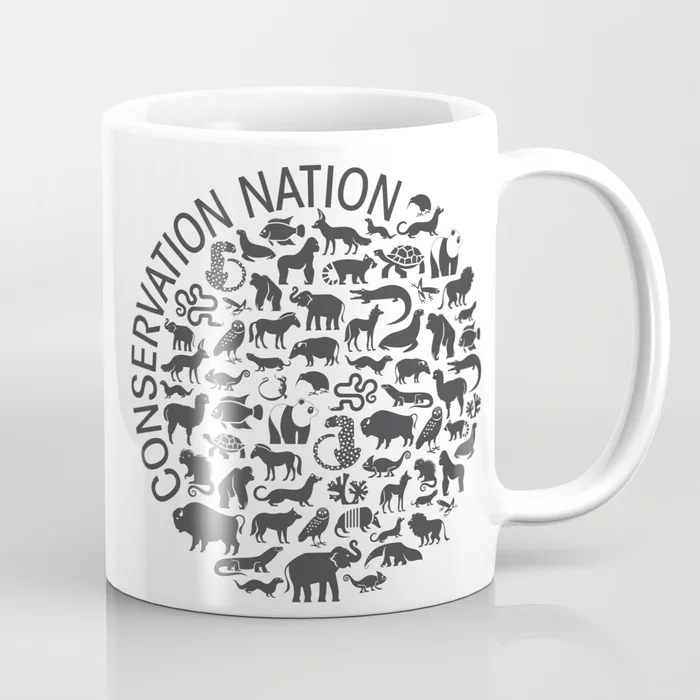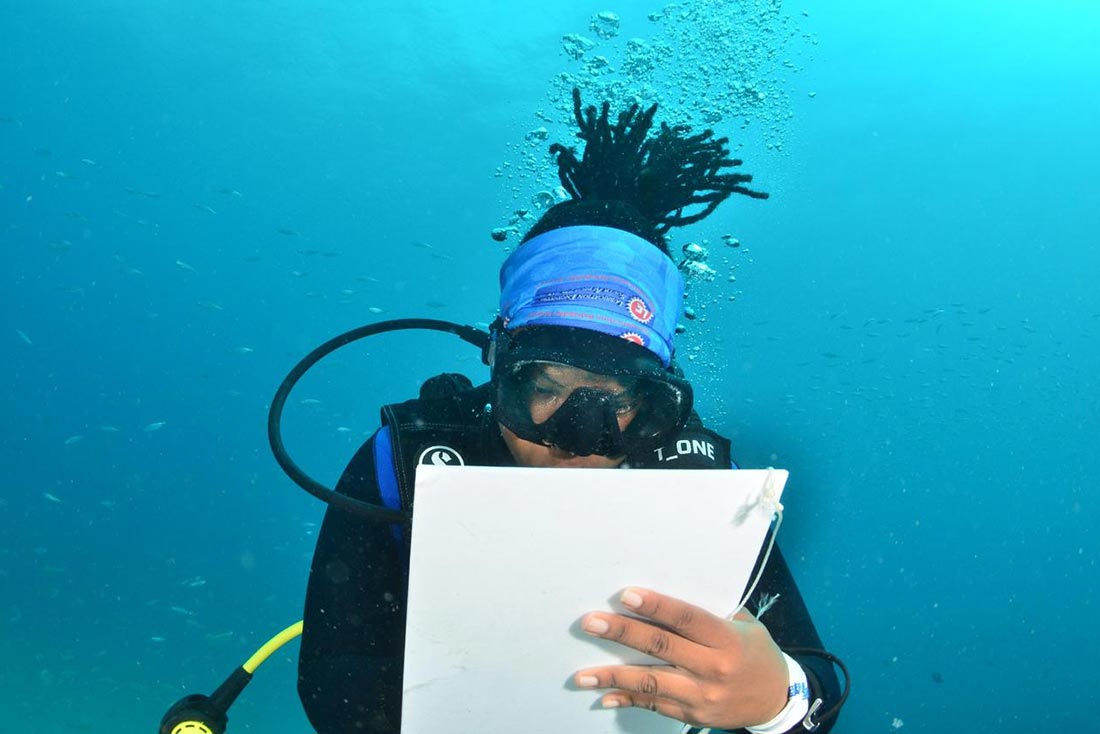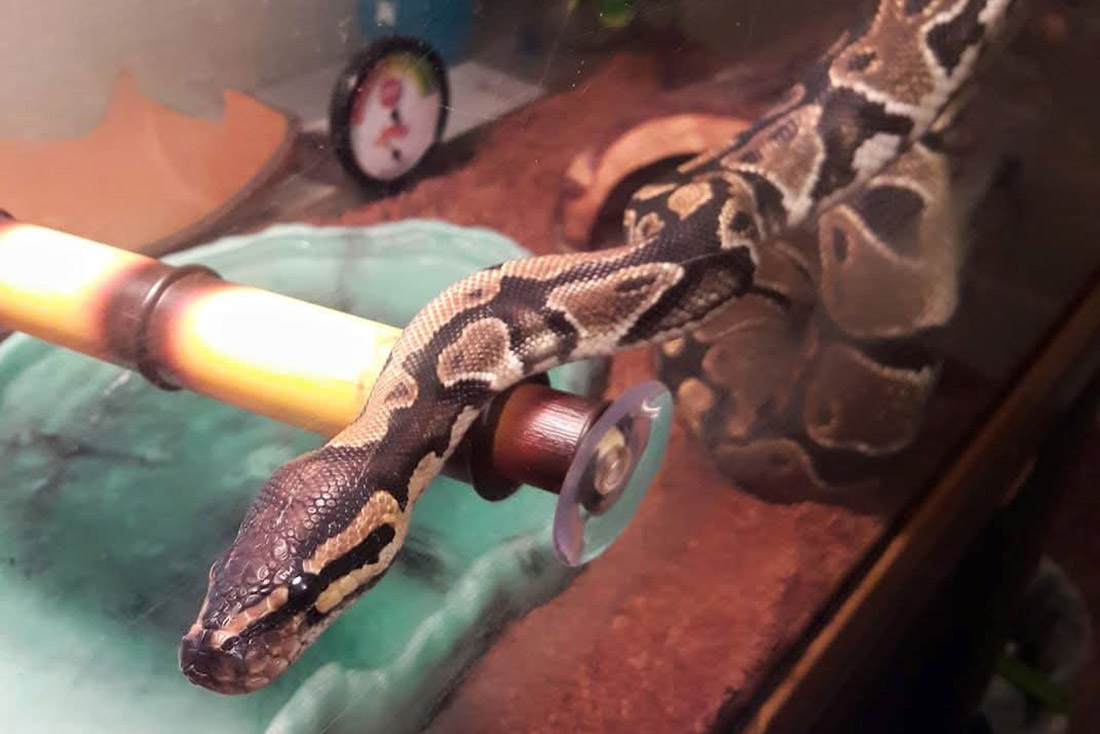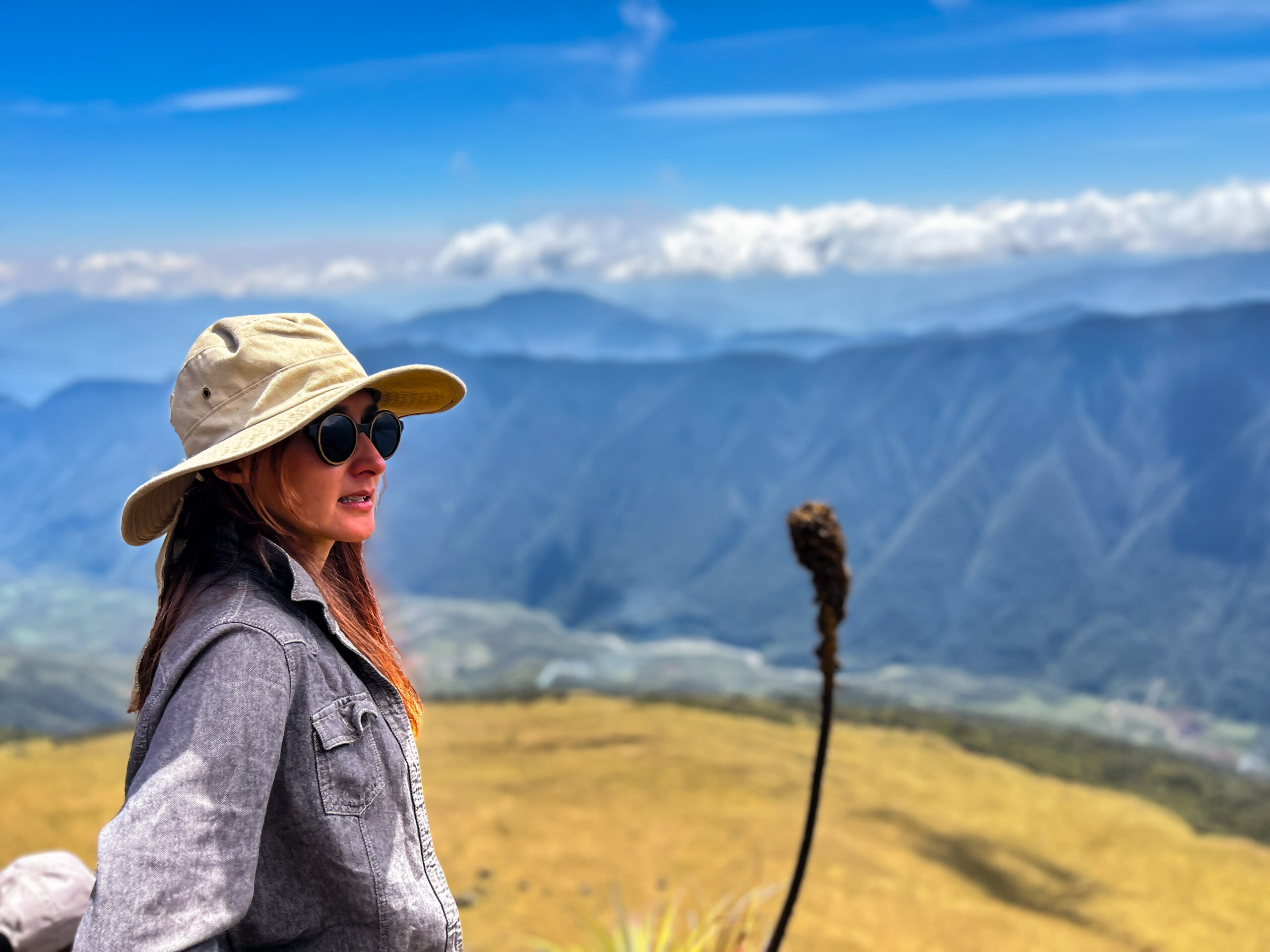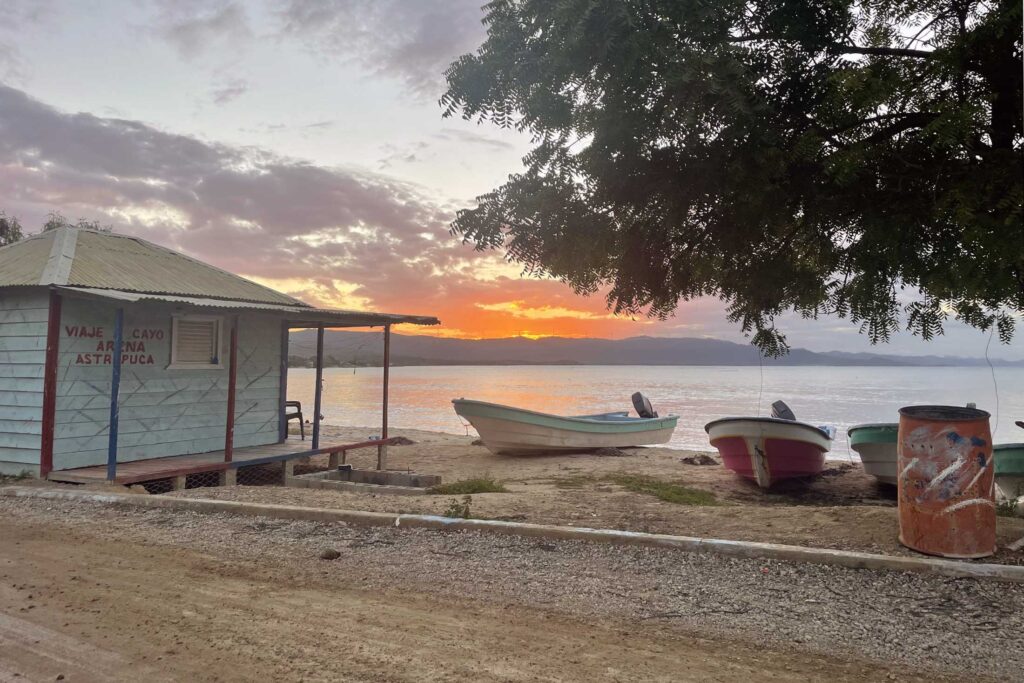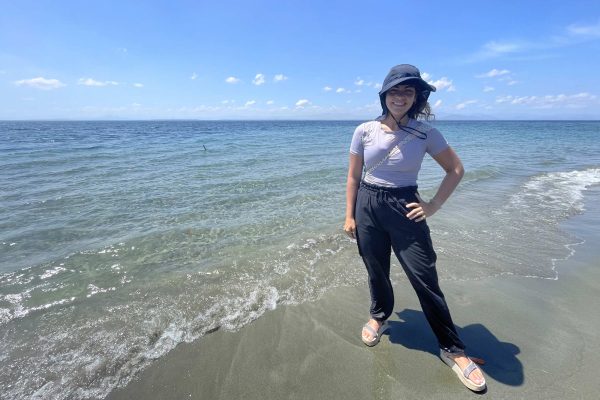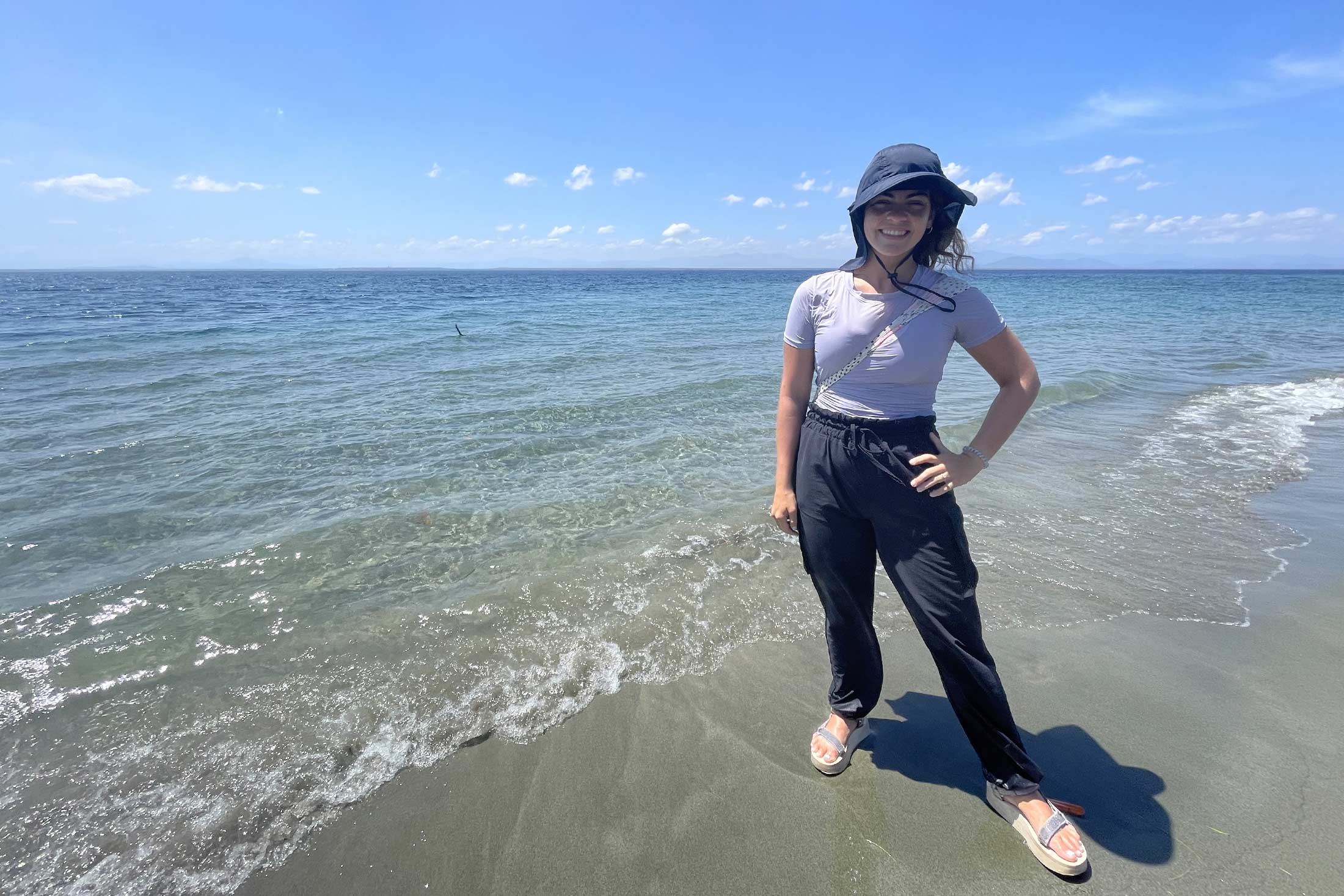During the past year, I’ve familiarized myself with the social and ecological factors that contribute to biodiversity conservation in the Marine Mammal Sanctuary of Estero Hondo—a 22 km2 protected region on the northwestern side of the Dominican Republic on the island of La Hispaniola. This wild mangrove lagoon is a barrier between the sometimes unforgiving Atlantic Ocean and the town of Estero Hondo. It provides critical nursery habitat to many native fisheries that sustain the local economy, serves as a safe harbor for migratory and endemic birds, and is a sanctuary for the endangered Antillean manatee—a species that uses the space for refuge, breeding, nursing, and feeding. Though I am native to the Dominican Republic, this area is approximately five hours from my birth town of Santo Domingo and is widely unknown to me.
Through the process of inquiry and advocacy—a carefully threaded path that conservationists walk—it has been challenging to serve as an advocate for the sanctuary while recognizing that I do not have all the answers. I’ve gained a strong appreciation for conservationists who advocate for the wildlife and people of their homelands. One such individual is my mentor and Ph.D. committee member Dr. Anmari Alvarez, who seamlessly combines messaging about Antillean manatee conservation in Cuba with information about the realities that local community members face.
Leaning into the uncomfortable truth that we alone do not have all the answers has been the most challenging aspect of my work thus far. Yet, it has reminded me why I decided to pursue a Ph.D. focused on the human dimensions of conservation in the first place: to develop skills for maximizing collaborative potential to bring about positive change for wildlife and people in conservation.
The process of leaning into the strengths of my peers has sometimes felt unnerving at first. For instance, I was particularly nervous while preparing for a collaborator meeting for this project. Thanks to the teachings of Dr. Becky Williams and my co-advisor Dr. Matt Hallet, I knew how to facilitate meetings that maximize audience input; however, I did not have the confidence to follow through. While I understood that I needed to create feelings of familiarity and trust for real work to occur, I lacked the ability to make it happen. Mrs. Amarfi, a retired principal who supports my work with her time, mentioned that prayer was the best way to start the meeting. At first, I was hesitant as I wanted to retain control of the situation. Yet, I recognized that following her lead was essential to the process. The participants both honored and appreciated this approach; it put the room at ease and emphasized that we were all on the same page. After that, we started each meeting with a prayer. In my opinion, this particular element has been essential to our collaboration.
In pursuing my goal of creating a community-focused educational guide, I learned that the entire process—from inception to outcome—must be community-led. In the meantime, I’m learning to lean on the skills, knowledge, and contributions of collaborators from Estero Hondo and the U.S. We are creating a new educational tool that is a direct product of our ability to trust and learn from each other, guided by the vision of conserving biodiversity in the Marine Mammal Sanctuary of Estero Hondo.
Please stay tuned for future updates!



